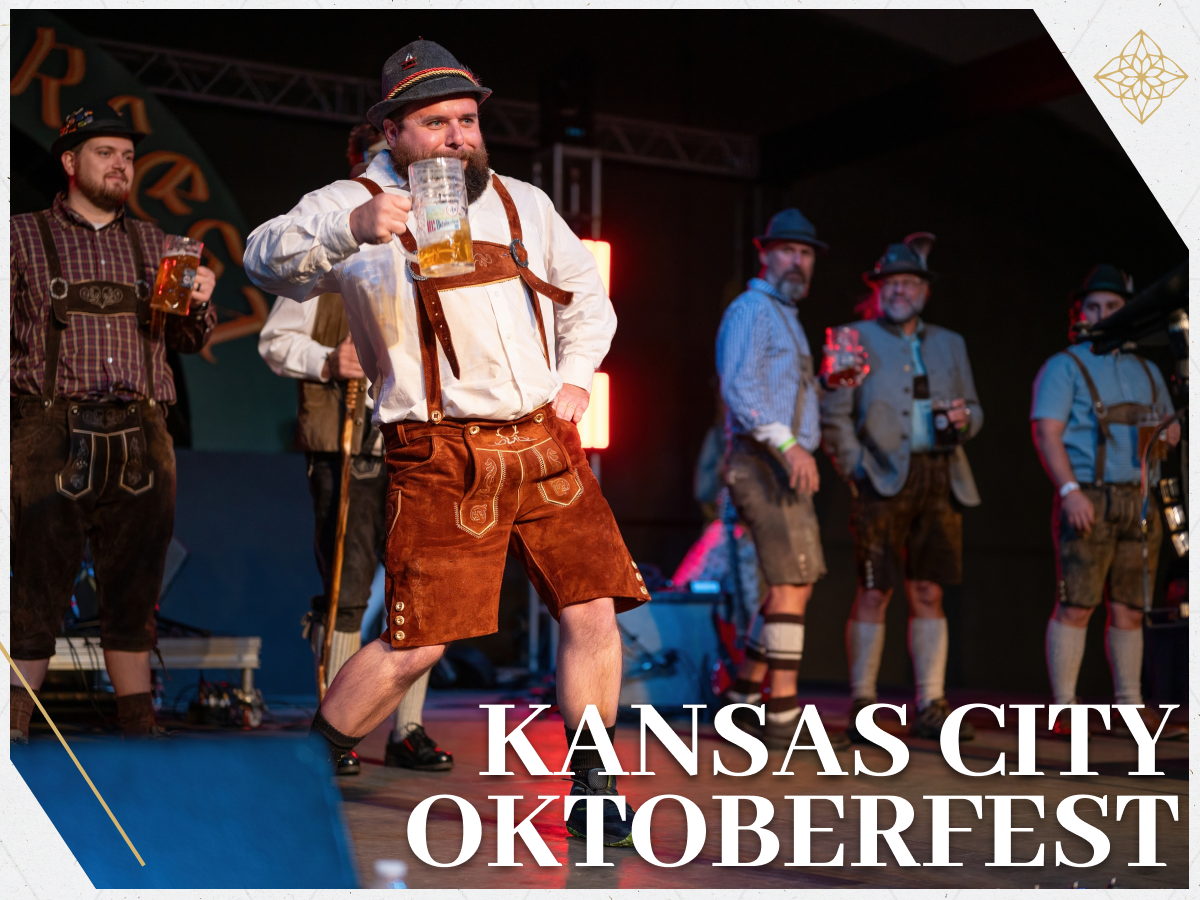Bratwurst
Get a $10 store credit for your first order
The bratwurst symphony: A meaty ballad from Germany
Raise your pints and pass the mustard, friends, we're diving into the world of Bratwurst, a culinary sensation from Germany. It has stories to tell, recipes to share, and yes, calories to count. So, grab your lederhosen, dust off your stein, and let's embark on a journey that will make your taste buds yodel with joy!
Exploring the flavors of Germany's Bratwurst landscape
Germany is a country of sausage aficionados, and the Bratwurst is one of the most loved among its hearty repertoire. Interestingly, there's not just one type of Bratwurst, but an exciting array each with its own distinct flavor, texture, and regional charm. Let's embark on a sausage safari through Germany's Bratwurst landscape!
- Nürnberger Bratwurst: These petite sausages from the Franconian city of Nuremberg are seasoned with marjoram, giving them a distinct and delicious flavor. Thanks to their small size, they're perfect for snacking and are traditionally served six at a time.
- Thüringer Bratwurst: Hailing from the state of Thuringia, this bratwurst is one of the oldest sausage varieties of Germany. It's typically longer and thicker than its counterparts, with a robust blend of spices including caraway, marjoram, and garlic.
- Fränkische Bratwurst: The Franconian Bratwurst is another sizable sausage, usually made from a mix of pork, beef, and sometimes veal. Its unique characteristic is the way it's served - often on a bed of sauerkraut or nestled inside a hearty bread roll.
- Currywurst: While technically not a type of Bratwurst, no discussion about German sausages would be complete without mentioning the beloved Currywurst. This fast-food favorite consists of a steamed then fried bratwurst, cut into slices, and slathered with curry ketchup. It's then dusted with curry powder for an extra punch of flavor.
- Coburger Bratwurst: Made with a minimum of 15% beef or veal alongside pork, the Coburger Bratwurst is a Franconian specialty. It’s unique in that it’s traditionally grilled over pinecones, which impart a smoky flavor.
- Würzburger Bratwurst: Also known as the "Winzerbratwurst", this sausage from Lower Franconia is typically made from lean pork and bacon, seasoned with salt, pepper, nutmeg, and lemon zest.
Whether you prefer them straight off the grill, tucked into a bun, or simmered in beer, there's a bratwurst out there for everyone. Each type represents a different region of Germany, embodying the diversity and richness of German culinary culture. So, why not set off on a Bratwurst tasting tour and savor the taste of Germany, one delicious bite at a time?
How to prepare a Bratwurst
Now onto the nitty-gritty: how to cook Bratwurst. The secret? There's more than one way to cook this meaty maestro.
Fire up the Grill: Grilling your bratwurst is like conducting a Beethoven symphony. It takes about 5 to 10 minutes on medium heat, but the end result is a harmonious blend of smoky goodness and juicy tenderness that'll have you humming "Ode to Joy".
Stove top Serenade: Not a fan of the grill? No worries. You can still hit the right notes on the stove top. Get your pan nice and hot, add a splash of oil, and let the bratwurst dance on medium heat for about 15 minutes, turning occasionally for an even char.
Air Fryer Fandango: The air fryer is the modern chef's magic wand, and bratwurst in an air fryer is nothing short of magic. It takes only 15 minutes at 180°C (360°F) for a crispy, golden-brown performance that'll earn you a standing ovation from your taste buds.
The Bratwurst's perfect partners
What could play the perfect sidekick to our beloved Bratwurst? Let's explore some of the delightful accompaniments that harmonize beautifully with this German sausage.
- Sauerkraut: The ultimate classic pairing, Sauerkraut's tangy crunch is the perfect foil to the rich, savory flavor of Bratwurst. Plus, it's packed with probiotics. Delicious and nutritious – what a combo!
- German potato salad: Forget what you know about American potato salad. German potato salad is served warm with a tangy dressing, fresh herbs, and a good dose of bacon. It's a comforting side that pairs wonderfully with the meaty goodness of Bratwurst.
- Pretzel buns: Soft and chewy pretzel buns are not just for Oktoberfest. Stuff a grilled Bratwurst in there, add a smear of mustard, and you've got a match made in heaven.
- Red cabbage: Braised red cabbage, or Rotkohl, is another traditional German side dish. Slowly cooked with apples, vinegar, and spices, its sweet and sour profile balances out the robust flavor of Bratwurst.
- Beer-braised onions: What better to go with your beer-grilled Bratwurst than some beer-braised onions? Sweet, slightly tangy, and oh-so-beery, these onions are a perfect topping for your Bratwurst.
- Mustard: Last but not least, the humble mustard. Whether you prefer the sharp bite of Dijon, the smooth creaminess of yellow, or the rustic whole grain variety, mustard is a Bratwurst's best friend.
Each of these sides adds its unique flair to the Bratwurst, enhancing its taste and adding depth to your plate. So, next time you grill up a batch of Bratwurst, make sure to invite these supporting stars to the culinary stage. Guten Appetit!
The big finale
There you have it, folks! The delicious, dynamic world of bratwurst in a nutshell. But remember, the bratwurst isn't just about grilling and air frying. It's a symbol of German culture, an emblem of its heritage, and a tasty token of the hearty warmth that Germany offers.
We hope this bratwurst adventure has ignited a fiery longing for German culture. And guess what? You have a chance to experience it firsthand! You could win a trip to Munich, the home of bratwurst, Oktoberfest, and more.
Click the link below, enter the competition, and who knows? Maybe your bratwurst dreams will come true.
Enter the “Win a Trip to Munich” contest now!
Remember, a journey of a thousand miles begins with a single bratwurst.
FAQ
Can Bratwursts be eaten raw?
No, it is not recommended to eat bratwurst raw. Bratwurst is a type of sausage that typically contains raw meat, which needs to be cooked thoroughly to ensure food safety.
Consuming raw or undercooked bratwurst can pose a risk of bacterial contamination and may lead to foodborne illnesses. It's essential to cook bratwurst until the internal temperature reaches 160 °F (71 °C) to ensure that it is safe to eat.
What is the difference between “Grill Bratwurst” and “Rostbratwurst”?
The terms "Grill Bratwurst" and "Rostbratwurst" are often used interchangeably, but they can have slight regional variations. Generally, both refer to bratwurst that is specifically intended for grilling or roasting. However, the specific recipes and seasonings may differ depending on the region or manufacturer.
“Grill Bratwurst” tends to have a coarser texture and a stronger flavor profile, with spices like garlic, paprika, and marjoram. “Rostbratwurst” on the other hand, can be a more generic term for any bratwurst suitable for grilling or roasting, without specifying particular flavorings.
Which Bratwurst is the best?
The "best" bratwurst ultimately comes down to personal preference. Germany offers a wide variety of bratwurst types, each with its unique flavors and regional characteristics. Nürnberger Bratwurst, with its distinctive marjoram seasoning, is beloved for its small size and perfect for snacking. Thüringer Bratwurst, with its robust blend of spices, has a strong following. Coburger Bratwurst, made with beef or veal alongside pork, offers a smoky flavor from grilling over pinecones. Explore different types of bratwurst and find the one that tickles your taste buds and captures the essence of German sausage perfection!
Get a $10 store credit for your first order









Leave a comment